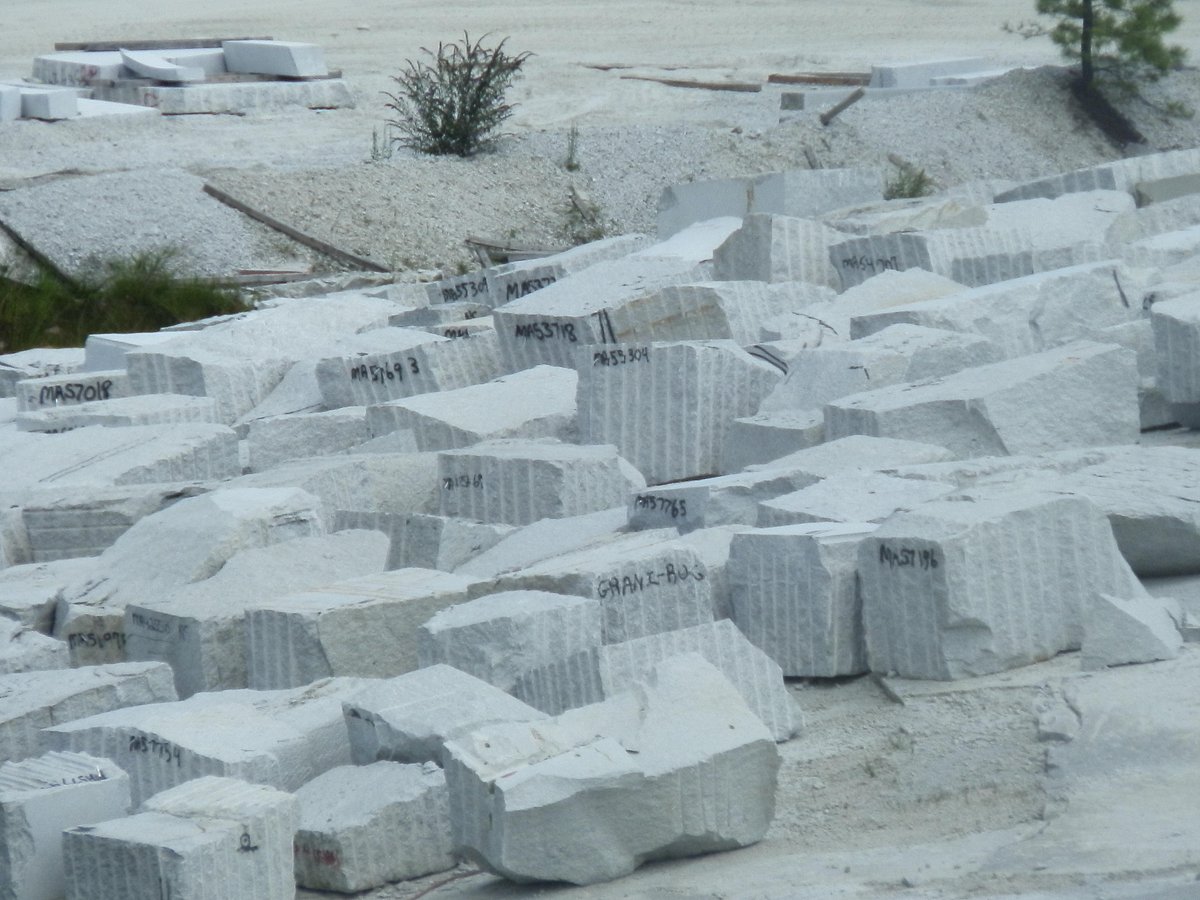Unveiling Granite Quarries in South Africa Heritage: A Trip Through Quarries
Unveiling Granite Quarries in South Africa Heritage: A Trip Through Quarries
Blog Article
Unearthing the Rich Background and Lasting Practices of Granite Quarrying
As we base on the precipice of discovering the complex tapestry of granite quarrying, a journey via time exposes not just the physical act of removing rock yet additionally the social and historic importance woven right into the extremely textile of this method. From the old beginnings that laid the structure for modern quarrying strategies to the sustainable methods that are shaping the future of this industry, each chisel mark on granite surfaces informs a story waiting to be discovered (granite quarries in south africa). The legacy of granite quarrying extends far beyond plain removal; it is a testament to human ingenuity, resilience, and the long-lasting allure of this magnificent rock
Old Beginnings of Granite Quarrying
Going back to old worlds, the method of quarrying granite has actually been an essential component of human history and building improvement. The earliest evidence of granite quarrying dates back to old Egypt, where huge pyramids and intricate sculptures were crafted from this resilient stone. The Egyptians used primitive devices to extract granite blocks from quarries, showcasing the relevance of this material in their significant buildings.
Relocating forward in background, the Greeks additionally made significant payments to the quarrying of granite. The Greeks utilized granite in various architectural marvels, such as temples and statues, showing their skill in shaping and carving this sturdy rock. The Romans additionally refined the methods of quarrying granite, utilizing advanced devices like chisels and hammers to extract and shape granite for their iconic structures.
With the centuries, the practice of quarrying granite has progressed, with contemporary innovations boosting performance while maintaining the classic allure of this natural rock - granite quarries in south africa. From old worlds to modern contractors, the heritage of granite quarrying continues to shape our world
Development of Quarrying Methods
The advancement of quarrying methods has been marked by a continuous progression in the direction of greater efficiency and accuracy in extracting granite. From the simple techniques employed by our ancestors to the sophisticated modern technologies made use of in modern quarrying operations, the industry has undertaken substantial developments. Early quarrying techniques involved manual work with basic tools such as chisels, hammers, and wedges to remove granite blocks from the planet. As people progressed, methods like fire-setting and primitive explosives were presented to promote the extraction process.
In more current times, the introduction of equipment changed the quarrying market, making it possible for quicker removal rates and boosted productivity. Technologies such as ruby wire saws, high-pressure water jets, and pneumatic drills have become standard in contemporary quarries, permitting exact cutting and decreased waste. Innovations in computer-controlled tools and 3D modeling have optimized quarrying operations, leading to minimal environmental effect and improved sustainability techniques. As the demand for granite remains to rise, the development of quarrying methods remains indispensable to meeting sector needs efficiently and sustainably.
Social Significance of Granite
Granite holds an extensive cultural value throughout different human beings as a result of its long-lasting presence in architectural work of arts and respected monuments. From the impressive pyramids of Egypt to the complex makings of the Angkor Wat temple in Cambodia, granite has been a product of look at here now selection for sharing magnificence and longevity in social heritage. In ancient Rome, granite columns embellished holy places and public structures, representing strength and durability. The cultural importance of granite extends beyond its physical characteristics; it personifies resilience, security, and timelessness, making it a sign of withstanding legacies and traditions.

Sustainable Practices in Quarrying
In the middle of the rich background of granite quarrying and its social relevance lies an expanding focus on sustainable methods within the industry. As environmental awareness and issues concerning resource exhaustion have actually heightened worldwide, the quarrying sector has actually progressively welcomed sustainable approaches to decrease its effect on the environment and surrounding areas.

Additionally, reclamation and recovery of quarry sites post-extraction are essential to lasting practices. By bring back quarried locations to an all-natural or valuable state, such as creating wild animals environments or leisure spaces, quarriers can balance out the environmental footprint of their operations and add positively to the neighborhood ecological community.
Heritage of Granite Quarrying
With a historic background soaked in workmanship and industrial progression, what sustaining impact has granite quarrying left on the landscape of modern culture? The tradition of granite quarrying goes beyond mere removal practices; it has formed building marvels, metropolitan landscapes, and social heritage worldwide. The durable nature of granite has actually made it a preferred choice for monoliths, buildings, and infrastructure, standing as a testimony to the ability and artistry of quarry workers throughout generations.
Moreover, the financial impact of granite quarrying can not be overlooked. The sector remains to offer employment possibility and drive regional economic climates in areas where granite Read More Here extraction prevails. It has actually link also stimulated technical developments in quarrying strategies and equipment, resulting in much more effective and lasting methods.
In regards to sustainability, the legacy of granite quarrying consists of initiatives to mitigate ecological impacts via recovery tasks and liable source administration. By stabilizing financial interests with environmental stewardship, the market aims to make sure that future generations can remain to benefit from this long-lasting natural deposit.
Conclusion

Report this page